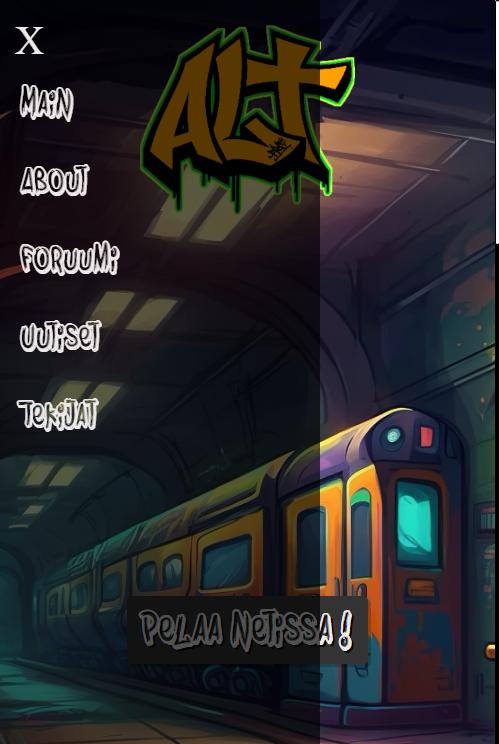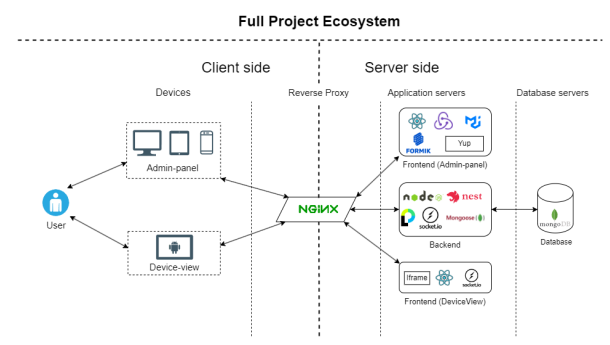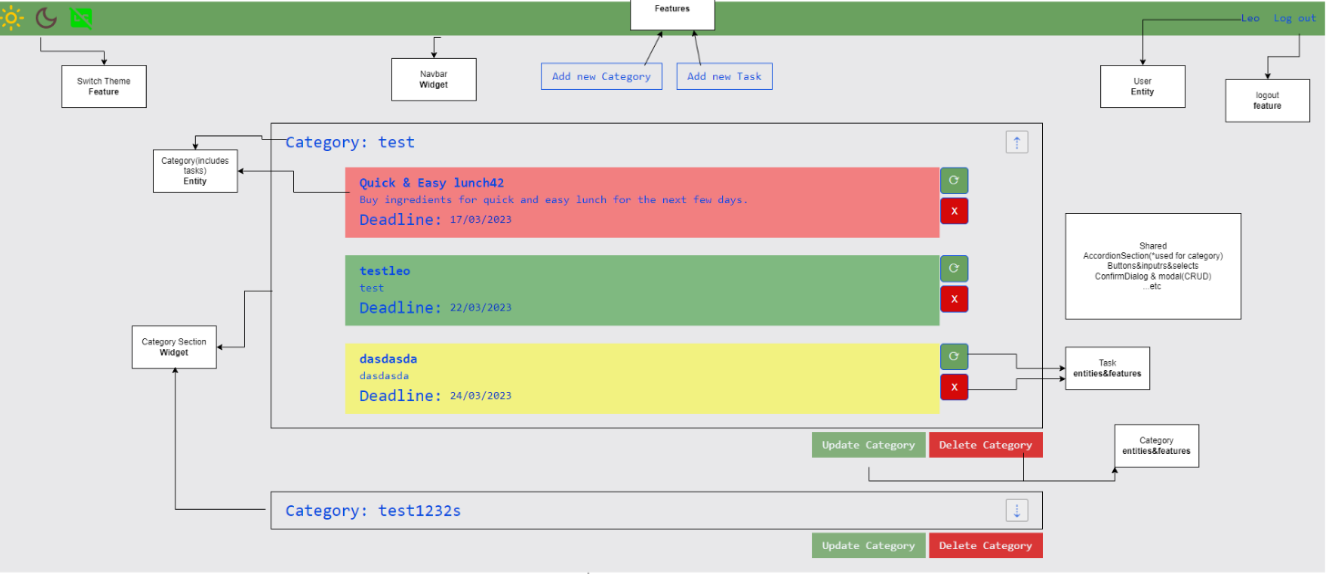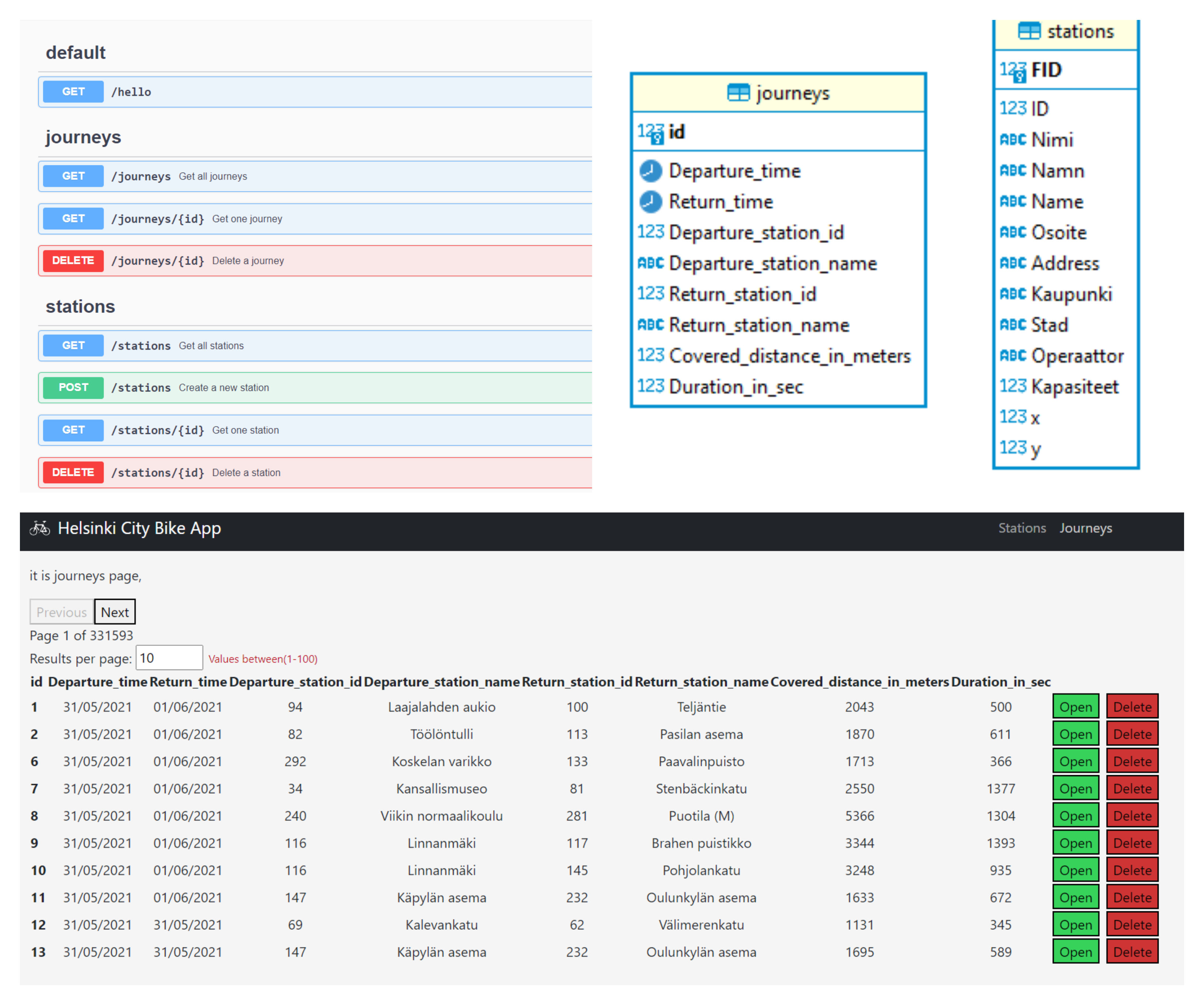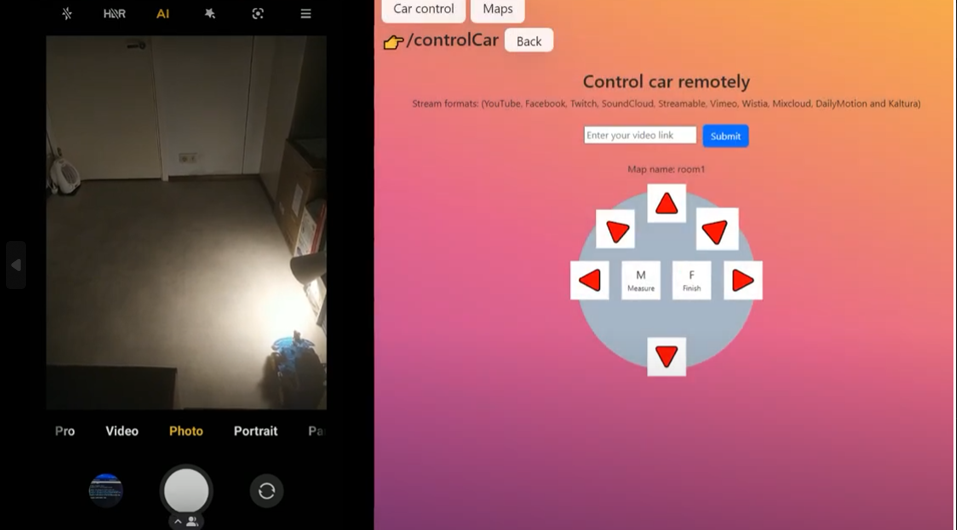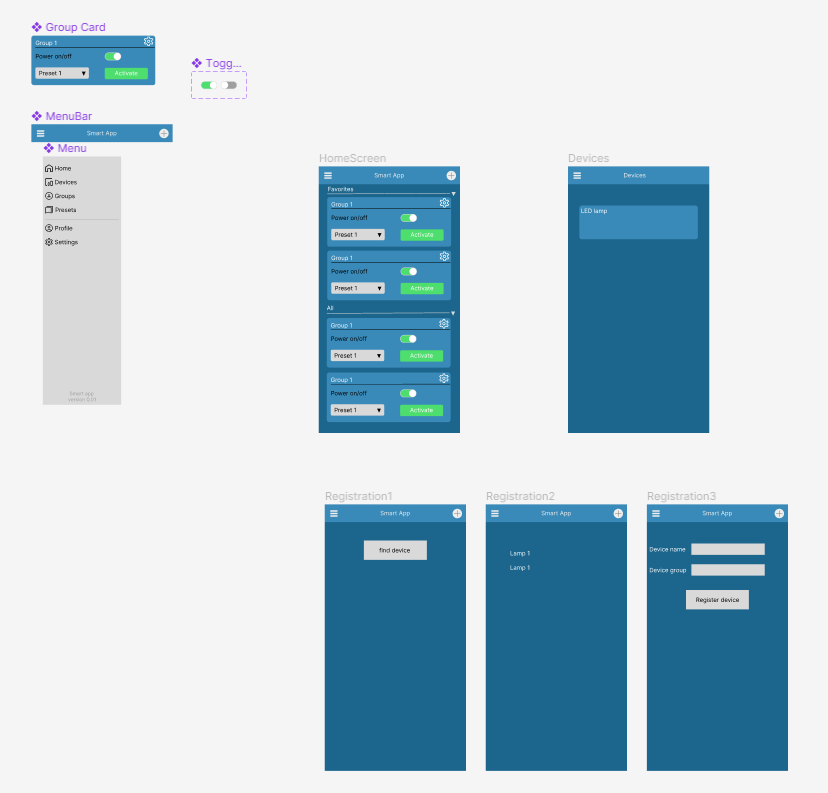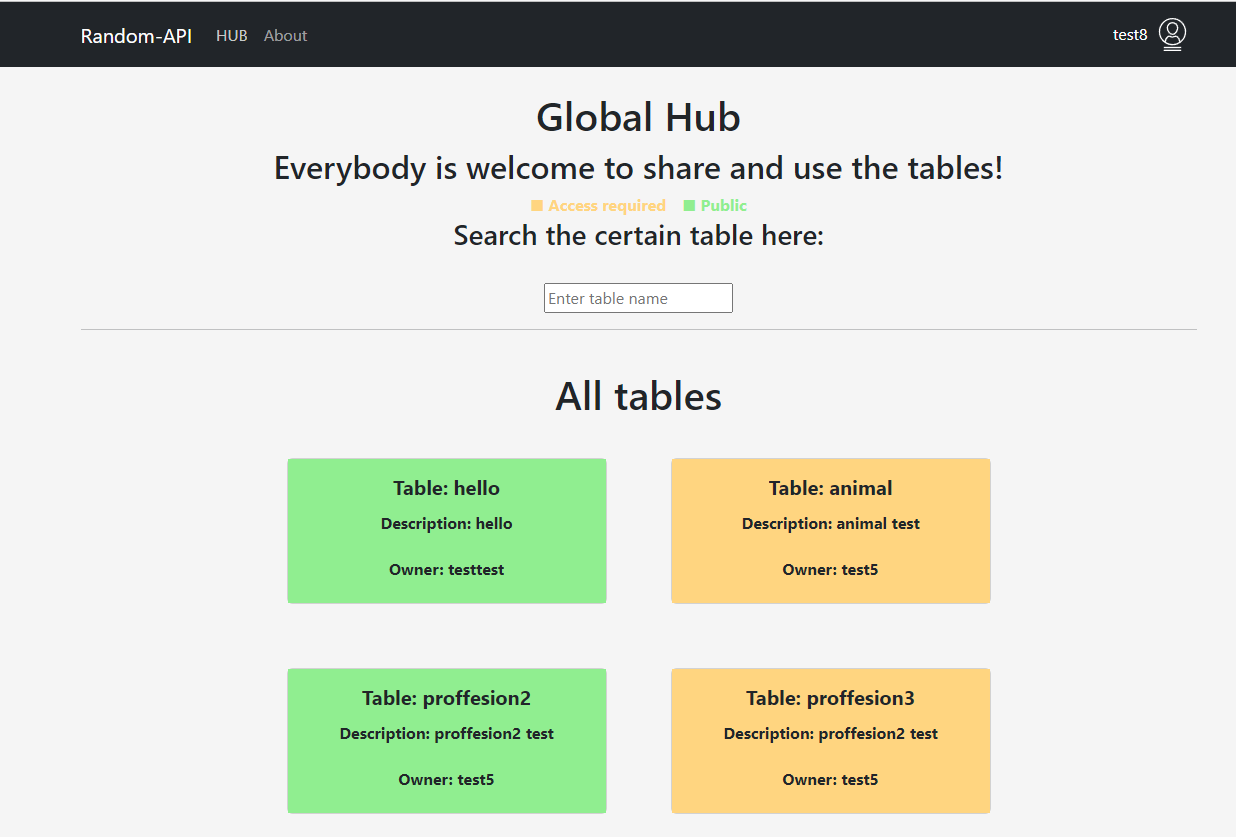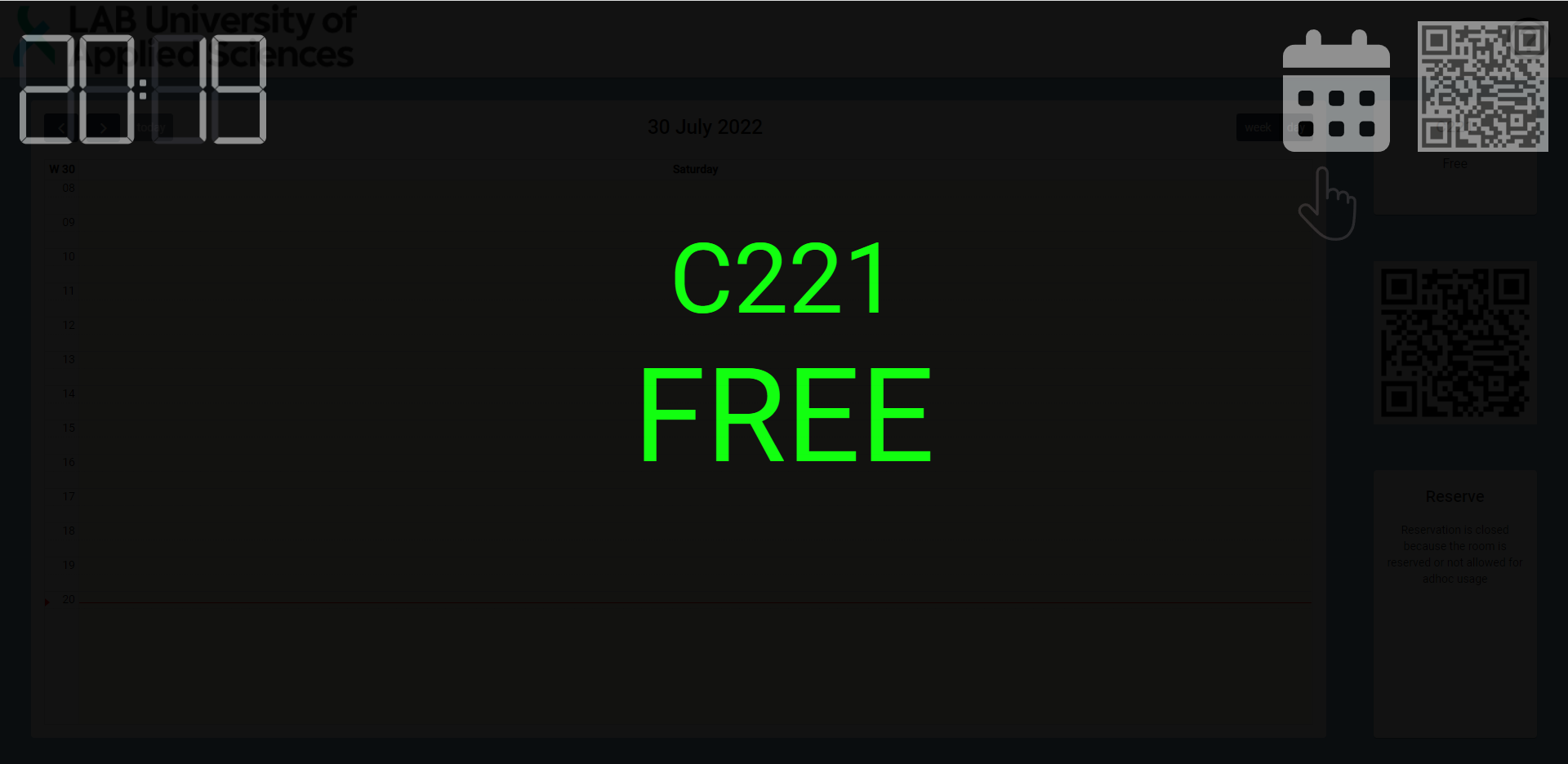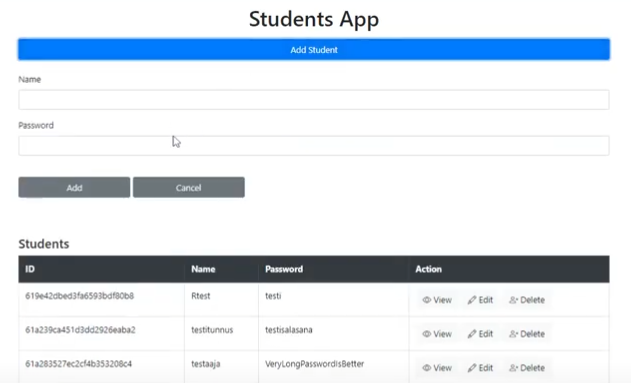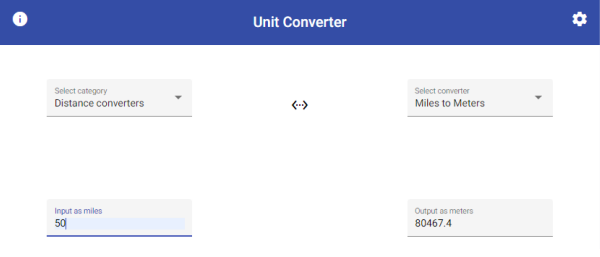Workki AI
Web pages Similar Report on Device Management
To date, I have successfully added end-to-end tests with Cypress, significantly enhancing application reliability. I adapted the frontend to meet evolving business needs and migrated static data and blog content to the Sanity CMS, optimizing content management workflows. Additionally, I updated SEO practices to align with the latest standards, resulting in improved search engine visibility and traffic. I continue to contribute to ongoing development and optimization efforts.
Technologies used include:

